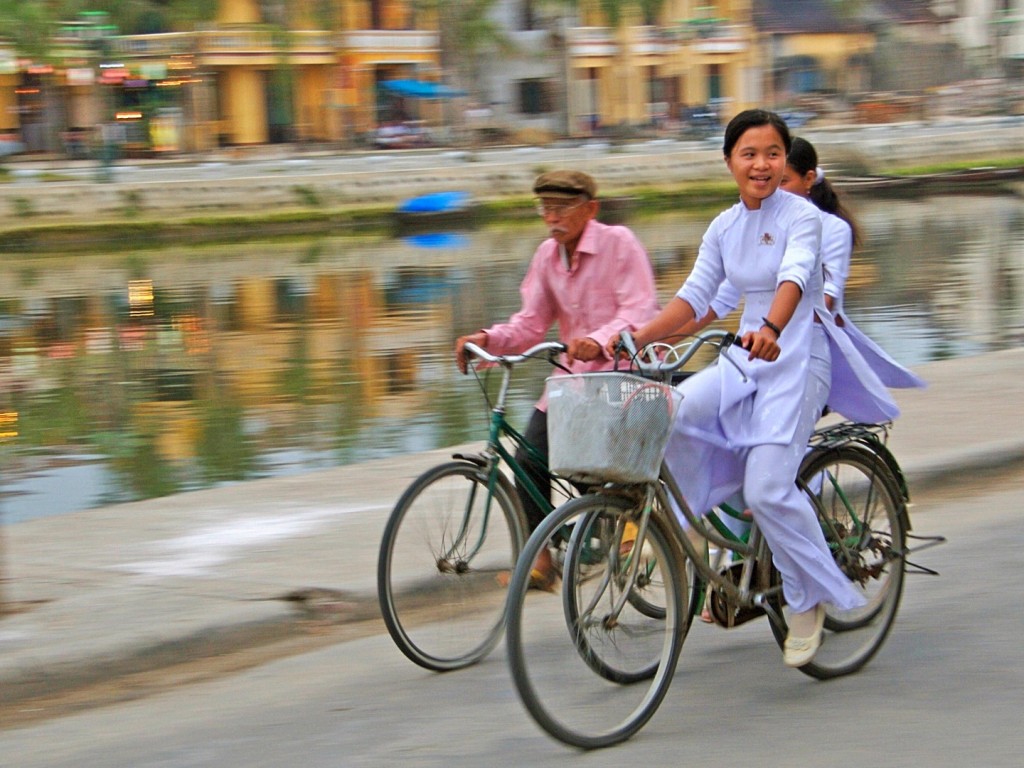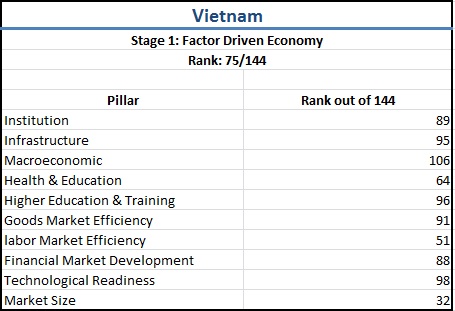Later this week, a group of world leaders and renowned economists will gather in conference rooms and workshops to discuss the state of the global economy. In particular, they will focus on the idea of “Resilient Dynamism,” this year’s theme at the World Economic Forum (WEF), happening January 23 – 27 in Davos, Switzerland.
In the context of their meeting, “resilient dynamism” refers to a country’s capability to adapt to changing conditions, withstand sudden shocks, and recover to a desired equilibrium in the event of inertia.
In advance of their annual meeting, the WEF also released the “Global Risks” report, which identifies both the global risks that have the greatest likelihood of occurring (these include severe income disparity, chronic fiscal imbalances, rising greenhouse gas emissions, water supplies crisis and mismanagement of aging population) and the risks that would have the greatest impact should they occur (these include major systemic financial failure, water supply crisis, chronic fiscal imbalance, food shortage, and weapons of mass destruction). Their conversations will be holistic, looking not just at isolated areas of concerns, but at how economic, environmental, governance, infrastructure and social systems relate and affect one another.
Looking through the WEF’s meeting programme, we at VNHELP can’t also help but contemplate what resilient dynamism means for Vietnam, its development, and the lives of the poor people we seek to assist.
While the general outlook remains relatively positive for Vietnam’s growth, with more multinational companies entering Vietnam as a potential growth market and domestic businesses expanding as well, the fact remains that many of the risks identified by the WEF have already surfaced in Vietnam. Despite decades of poverty reduction, the difference between Vietnam’s haves and the have-nots are beginning to look more acute. Rapid inflation continues to be a double-edged sword, signalling economic expansion but also driving up prices that make life difficult for those who already struggle to get through on meager incomes. And who can forget Vietnam’s brief financial scare in 2012, when a number of bank leaders faced prosecution for mismanagement and rumors surged that Vietnam would have to request a loan from the International Monetary Fund to stabilize the situation? (The rumour was later debunked as false.) Tremors in one part of Vietnam’s socioeconomic ecosystem can lead to ramifications elsewhere, causing concern for poverty-focused organizations like VNHELP.
So what is the outlook on Vietnam’s resilient dynamism? One possible window of insight comes from another report by the WEF, its Global Competitiveness assessment. In the latest report, Vietnam is categorized as the a stage 1 factor-driven economy. This means that Vietnam is still early in its development, where “basic factor conditions such as low-cost labour and unprocessessed natural resources are the dominant basis of competitive advantage and exports. Factor driven economies are sensitive to world economic cycles, commodity prices, and exchange rate fluctuations.” Vietnam is still very much vulnerable to global shocks and the level of human capital is not quite competitive with its regional or global competitors. Its competitiveness comes more out of the cheap labor and natural resources, rather than the ideas and entrepreneurship stemming from its people.
Using 10 pillars (see the charts below), The GCI ranks countries by global competitiveness. Vietnam came in 75th of 144 countries.
The report’s country narrative sums it up as follows:
Vietnam ranks 75th this year and switches positions with the Philippines. Over the last two editions [of the Global Competitiveness Report], Vietnam has lost 16 places and is now the second-lowest ranked among eight members of the Association of Southeast Asian Nations (ASEAN) covered by the Report. The country loses ground in 9 of the 12 pillars of the GCI. It ranks below 50th in all of the pillars, and dangerously close to the 100th position on a majority of them. As a sign of its fragility and extreme volatility, Vietnam plunges 41 places in the macroeconomic environment pillar to 106th after it had recorded a 20- place gain in the previous edition. Inflation approached 20 percent in 2011, twice the level of 2010, and the country’s sovereign debt rating worsened. In an effort to stem inflation, the State Bank of Vietnam tightened its monetary policy, thus making access to credit more difficult. Infrastructure (95th), strained by rapid economic growth, remains a major challenge for the country despite some improvement in recent years, with particular concerns about the quality of roads (120th) and ports (113th). Public institutions are characterized by rampant corruption and inefficiencies of all kinds. Respect of property rights (113th) and protection of intellectual property (123rd) are all insufficient according to the business community. Private institutions suffer from poor ethics and particularly weak accountability (132nd). Among Vietnam’s few competitive strengths are its fairly efficient labor market (51st), its large market size (32nd), and a satisfactory performance in the public health and basic education pillar (64th). The challenges going forward are therefore numerous and significant and will require decisive policy action in order to put the country’s growth performance on a more stable footing
Based on this assessment, it is obvious that Vietnam is no where near as resilient or dynamic as we wish it to be. But it is definitely not a lost cause either — no country ever is.
There are many angles from which we can begin to tackle the challenges of Vietnam’s growth. Some are beyond the reach of a poverty relief organization likes ours, but we can continue to address many fundamentals in our capacity as a grassroots and community-focused organization. Here are a few:
We can help elevate the human capital by expanding access to education. We can grant scholarships to needy university students, build schools in remote areas, and catch those who fall through the cracks of formal education by providing skills-based vocational training.
We can help improve the health situations. Health clinics can improve the level of care people receive, and, as we grow our health program, we hope to further expand preventive health care so we can help avert stubborn or new health crises.
We can help make capital more accessible. When monetary policies tighten and credit becomes harder to come by, this will inevitably make it even more difficult for the poor to access capital. We continue to pledge our support for microfinance in Vietnam, which specifically targets poor women who have a potential to succeed and lends them seed money.
All this requires cooperation from stakeholders from various walks of life. If you think you’d like to be part of building resilience for the poor in Vietnam, we invite you to get to know more about our programs, and volunteer and donate as you can.





